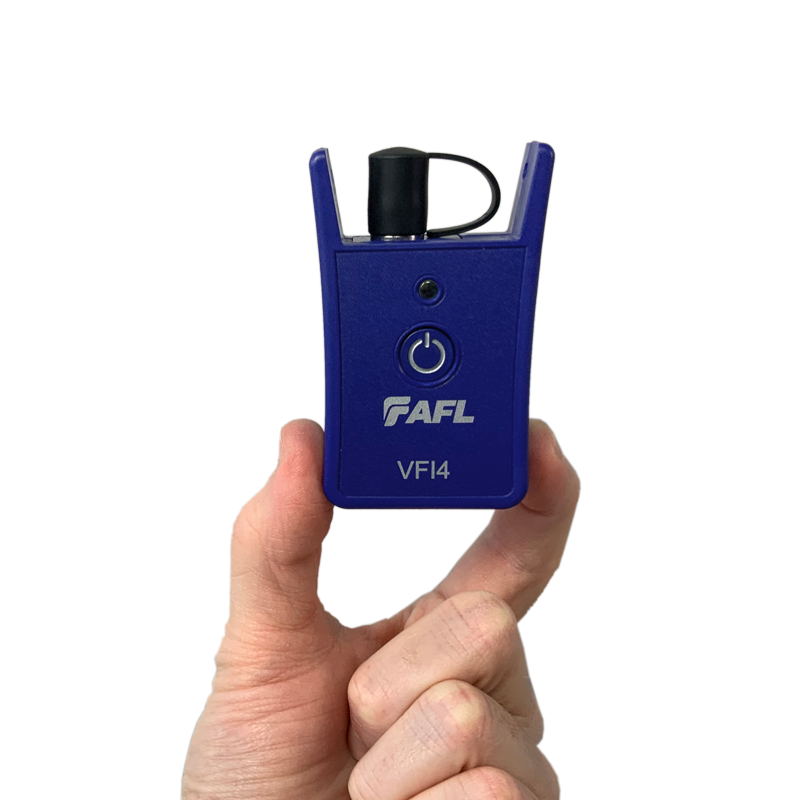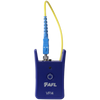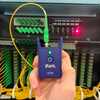Product Description
AFL VFI4 Visual Fault Locator - VFI4-01-0900PR
- ** Replaces the discontinued VFI3-01-0900PR-HiLite
Features
• Eye-safe Class 3R visible red laser source, 650 nm
• Output power of 5.0 mW with 10 km range
• Universal connector interface for quick connection
• 2.5 mm universal adapter (included) accepts FC, SC, ST, etc. connectors
• 1.25 mm universal adapter (included) accepts LC and MU connectors
Applications
• Identify and trace fibers during activation and installation
• Identify poorly mated connectors
• Verify AFL’s FASTConnect® field-installable connector installation
• Find faults inside OTDR dead zones
A Visible Fault Identifier (VFI), also referred to as a Visual Fault Locator (VFL), is an essential tool for fiber installation and
maintenance technicians.
AFL’s compact VFI4 injects high-powered red-laser light to provide exceptional brightness and range for locating defects in single-mode andmultimode fibers. The light generated by these units will escape from sharp bends and breaks in jacketed or bare fibers, as well as poorly matedconnectors enabling technicians to quickly spot faults. The universal connector interface mates with many connector styles without needingan adapter.
Rugged and Compact: The rugged VFI4 is designed for the rigors of real-life field testing. It has a range of up to 10 km, fits on a keychain,and features extensions that protect the red-laser port. It has both CW and pulsating modes and is powered by a single AA battery for up to 30 hours of operation.
Installation and Activation: VFI4 is used for quick continuity checks, fiber tracing, splice verification, and Pass/Fail validation for mechanical connectors. VFI4 is also an excellent complement to any OTDR because it can locate faults inside the OTDR’s dead zone.
Essential Troubleshooting Tool: The VFI4 highlights sharp bends, breaks, faulty connectors, and other defects that “leak” light. Other applications include end-to-end continuity checks, as well as identifying connectors in patch panels and fibers during splicing operations.











